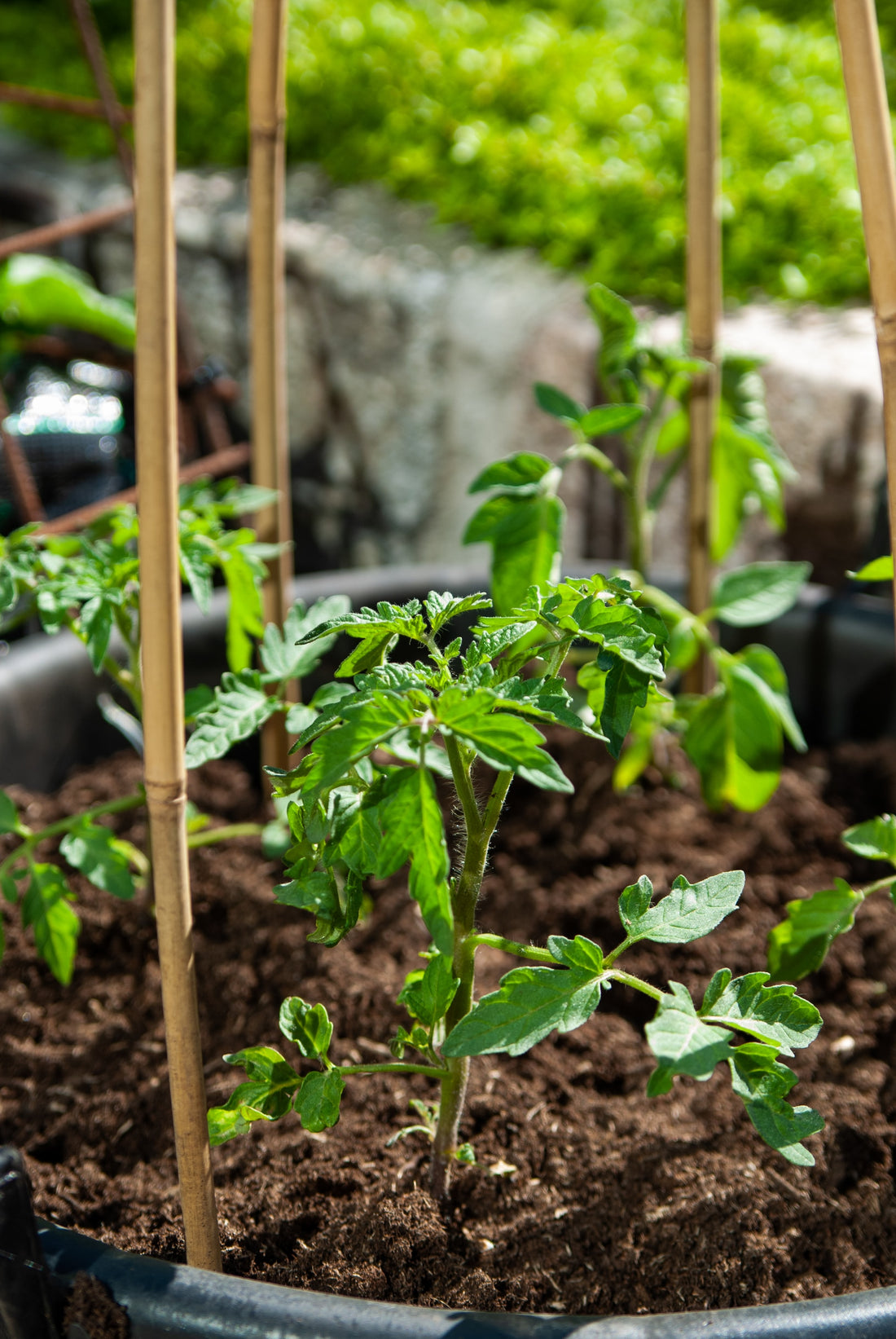The joy of growing your own tomatoes can quickly turn into disappointment when you notice the dreaded blossom end rot affecting your precious fruit. In this article, we will delve into tomato blossom end rot, exploring its causes, symptoms, and most importantly, effective prevention and treatment strategies. By understanding this common issue and implementing the right techniques, you can ensure healthy and bountiful tomato harvests year after year.
Understanding Tomato Blossom End Rot
Blossom end rot is a physiological disorder that affects tomatoes, causing dark, sunken lesions on the blossom end, or bottom, of the fruit. Contrary to popular belief, this condition is not caused by a fungal or bacterial infection. Rather, it is a result of calcium deficiency in the developing fruit cells.
Causes of Tomato Blossom End Rot
Several factors contribute to the development of blossom end rot in tomatoes. One of the primary causes is inconsistent soil moisture levels. When the soil becomes excessively dry or overly saturated, the tomato plant struggles to take up calcium from the soil. Additionally, fluctuations in temperature, particularly extreme heat, can exacerbate the problem.
Symptoms of Tomato Blossom End Rot
Identifying blossom end rot early is crucial for effective prevention and treatment. The first sign of this condition is a small water-soaked spot on the blossom end of the fruit. As it progresses, the spot enlarges and darkens, eventually turning into a sunken, leathery lesion. In severe cases, the entire bottom portion of the tomato may become affected, rendering it inedible.
Importance of Soil pH in Preventing Blossom End Rot
Maintaining the proper soil pH is essential for preventing blossom end rot. Tomatoes prefer slightly acidic soil with a pH range of 6.0 to 6.5. When the soil pH is too high or too low, it can hinder the plant's ability to absorb calcium. Regular soil testing and amendments, such as adding lime or sulfur, can help ensure optimal pH levels for healthy tomato growth.
Calcium Deficiency and Its Role in Blossom End Rot
As previously mentioned, blossom end rot is primarily caused by a calcium deficiency in the fruit cells. Calcium is essential for the development and integrity of cell walls. When there is insufficient calcium available to the tomato plant, the fruit cells cannot form properly, leading to the characteristic symptoms of blossom end rot. Ensuring an adequate supply of calcium to the plant can help prevent this disorder.
Watering Techniques to Prevent Blossom End Rot
Proper watering techniques are crucial in preventing blossom end rot. Consistent moisture levels in the soil help the tomato plant absorb calcium effectively. Avoiding both underwatering and overwatering is key. Aim to keep the soil evenly moist but not waterlogged. Mulching around the base of the plants can help retain moisture and regulate soil temperature, further assisting in the prevention of blossom end rot.
Fertilizer Management for Preventing Blossom End Rot
The correct management of fertilizers is vital in preventing blossom end rot. Excessive nitrogen fertilization can disrupt the plant's ability to absorb calcium. It is recommended to use a balanced fertilizer with a lower nitrogen content, such as a 5-10-10 or 10-20-20 blend. Additionally, incorporating organic matter into the soil can improve its nutrient-holding capacity and promote better calcium availability for the plants.
Organic Remedies for Treating Blossom End Rot
If you notice blossom end rot affecting your tomatoes, there are organic remedies you can try to salvage the affected fruits. One approach is to apply a calcium spray directly to the leaves. This foliar application helps the plant absorb calcium more efficiently, bypassing any soil deficiencies. Another organic method is to use crushed eggshells or bone meal around the base of the plants. These natural sources of calcium slowly release into the soil, providing a steady supply for the tomatoes.
Prevention Strategies for Future Tomato Crops
Prevention is always better than cure when it comes to blossom end rot. To ensure healthy tomato crops in the future, there are several strategies you can implement. First and foremost, select tomato varieties that are less prone to blossom end rot. Proper soil preparation and regular soil testing are also essential. Maintaining consistent moisture levels, monitoring temperature fluctuations, and employing proper watering and fertilization techniques will greatly reduce the risk of blossom end rot in your tomato plants.



